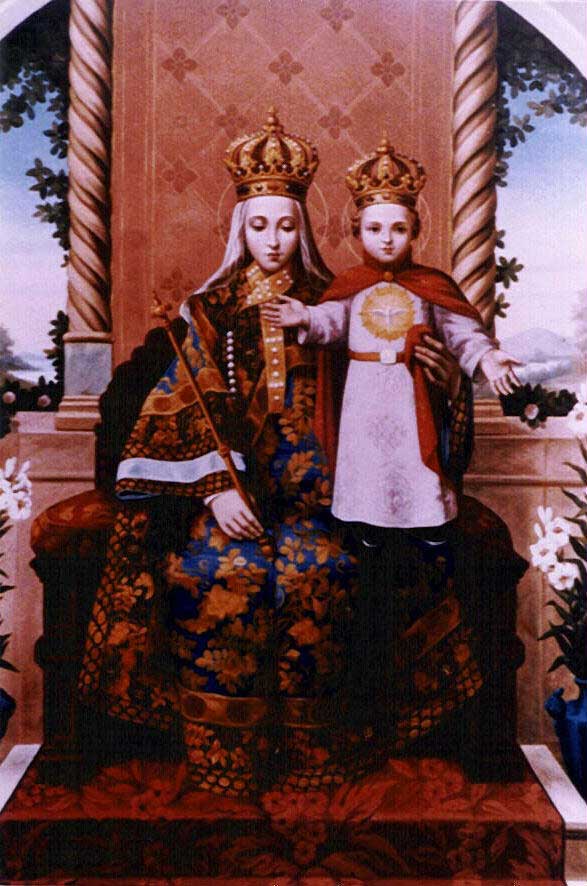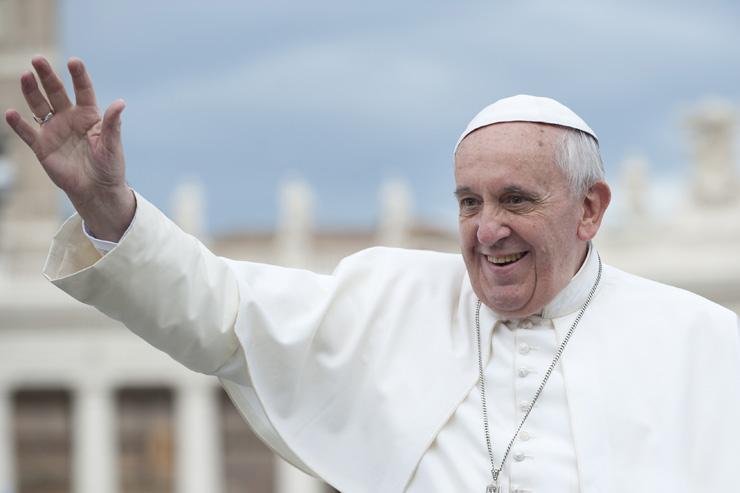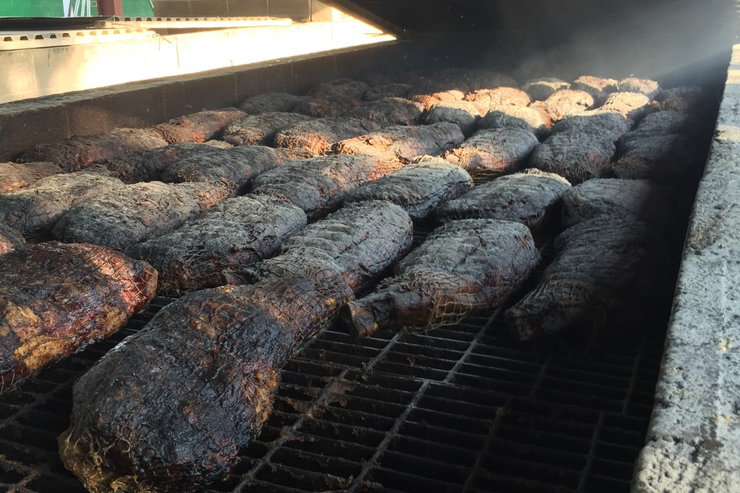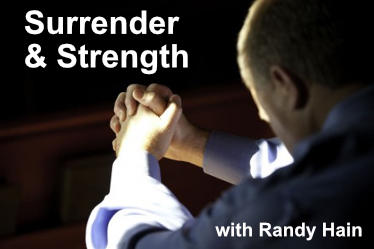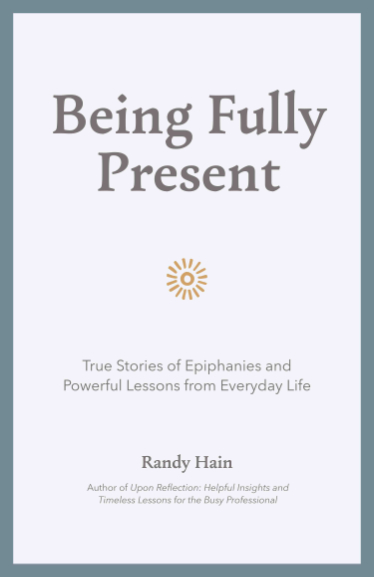Whatever time it was, it was dark, pitch black, deep night. The scream shattered the stillness and destroyed my sleep. I was wide awake, completely alert, no daze to me, despite the lack of sleep.
There was no intruder, no fire, no emergency. There was, instead, a little girl, terrified by monsters assailing her in her dreams. She had no words for the terrors, only cries. After some soft words and back-rubbing, she was back to sleep. I asked her guardian angel (and mine) to protect her.
What attacks us in the night? What is it that wakes us, leaves us shivering, has us helpless and screaming? Why can’t our rational minds comfort us in the black of our beds?
I have struggled, every so often, with nightmares of my own. I knew my prayers had been answered, during one particularly rough stretch of night wakings, when I woke in the morning and realized, in some dim, distant way, that I had prayed a Hail Mary in the midst of my nightmare, as a way of pulling myself out of it.
It’s hard to imagine persecution from the comfort of my home. I can’t fathom what it must be like to be an underground Christian, to live my faith at the risk of my life.
I can, though, imagine what comfort I would need. I can think of how I would cherish my Mother in Heaven even more.
Just as I go to my children when they cry out, so Mary runs to us. Her role as our mother, given to us by Jesus when she stood at the foot of the cross, extends to all of our times of need, from daytime dramas to nighttime terrors, no matter where we are.
In China, in Tong Lu, a village so poor it was called “the place of beggars,” a village that was not safe from the Boxer rebellion’s riots in 1900, even in its poverty. In April of that year, ten thousand rioters attacked the village and, in their rage, started to shoot into the sky. Suddenly, with no signal as to why, they turned and fled. They looked frightened and they never returned to Tong Lu.
Afterward, Father Wu, the priest and pastor of the town, admitted that he had invoked Mary’s help. And help she did! The rebels were shooting at the sky because of the woman in white who was hovering above the village. Their bullets didn’t harm her, and the rioters were just going to reorganize when a strange horsemen appeared and drove them off.
Father Wu commemorated this event, obtained a painting of the Dowager Empress Tze-Hsi, dressed in her magnificent royal robes, and took it to an artist who painted the Madonna and the Christ Child dressed in the same robes. This image transforms Mary into a vivid expression of Chines tradition, transforming the pagan robes into a symbol of her love for all her children, of every age and every race.
In 1924, at the first gathering of bishops in China, the Synod of Shanghai, this image was proclaimed Our Lady of China. Though there is another image that is also called Our Lady of China, because of a prayer card promulgated for prayers for the persecuted people in China, it is the portrayal of Mary in the finery of a Chinese empress that initiated the title.
Today, Christians in China consider to face persecution. There are thirteen million Catholics estimated to be in China, five million following the “official” Chinese Catholic Patriotic Association, the rest supporting an underground church loyal to Rome. The price of being loyal to Rome is the threat of arrest, of “disappearance,” of being banned from all the places you know and love. What would your children say to you if they were no longer able to attend school because you were found to be Catholic? What would you say?
It’s hard to imagine a climate like this from where I sit. I shake my head, but do I really feel inspired by these martyrs-in-the-making? Would I be brave enough to stand up for my faith, to put my actions where my words are, to carry a cross that actually resembles a cross instead of one that I just think I carry? What if my beloved parish church were burned?
Though I am not Chinese, and I have no Chinese ancestry or link, I find comfort in Our Lady of China. I am reminded of the royalty in heaven when I see her in the finery of an empress, and yet, I can’t help but think of her humility throughout her life. She’s holding her Child, a King, and yet His fate on earth was so different than what the Jews were expecting in a Messiah.
Our Lady of China reminds me of my call to prayer for my brothers and sisters in China. She doesn’t look like she could move very comfortably in those robes, but I’ll bet she has a tissue tucked up a sleeve, just like my grandma always did. Can you imagine yourself enveloped in the soft folds, safe under her cloak, hidden from evil and able to have an uninterrupted night of sleep?
When I see Our Lady of China, I see that Mary’s arms are open for all those who are in pain and suffering. Her arms embrace us all, her children. Just as I stroke my daughter’s temple and soothe her with soft words in the middle of the night, just as I pray for my children and hope to allay their fears, just as I can’t help but shush the baby across the pew from me and smile at the toddler who’s over his dad’s shoulder at the store, so Mary offers us consolation. Despite the challenges we face, from annoyances to tortures, from nuisances to abuse, from simple to extreme, Mary looks at us, at eye level, squatting down beside us to wipe away our tears and offer us the warm rest of her shoulder.


